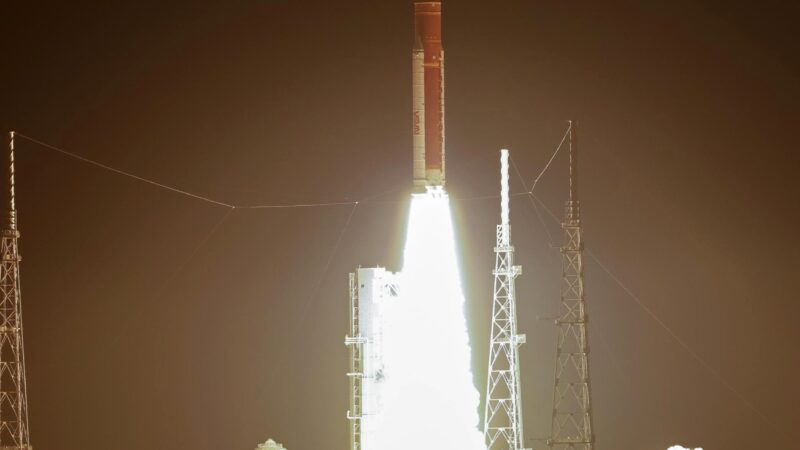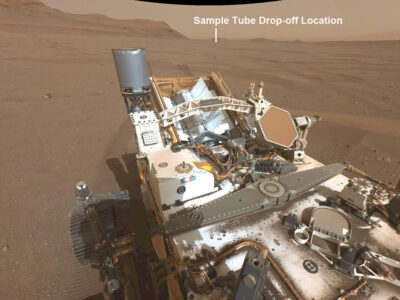Get ready for the Sun! Kuafu-1 successfully launched into space

Overview
The Advanced Space-based Solar Observatory’s Kuafu-1 was launched by a Long March 2D from the Jiuquan Satellite Launch Center at 7:43 PM on October 9. The satellite entered the preset orbit and the mission was a complete success.
Kuafu project

Long March 2D
The Kuafu project[2] ( simplified Chinese: 夸父计划; traditional Chinese: 夸父計劃; pinyin: Kuāfù Jìhuà ) is a Chinese space project to establish a space weather forecasting system composed of three satellites, originally to be completed by 2012. As of the Solar Wind XIII conference in June 2012, the planned launch date was 2017. However, due to withdrawal first by Canada and then ESA, the project was indefinitely postponed.
The project is named after Kuafu, a giant in Chinese mythology who chased the sun and died trying.
One of these satellites would be placed at the Sun-Earth Lagrangian Point L1, while the other two would be placed in polar orbits.
The first of the polar orbit satellites, Kuafu-1 (officially known as ASO-S, the Advanced Space-based Solar Observatory), was launched on 8 October 2022.
The Kuafu project will help scientists further study the sun and Earth environment and provide observational data for the prediction of catastrophic space environment. At the same time, it will reveal the mechanism of solar-earth space storms and monitor the propagation of interplanetary disturbances. By then, the level of early warning and prediction of space weather will be greatly improved, and the development of China’s space deep-space exploration technology will be promoted.
The Kuafu satellite will track solar eruptions and geomagnetic storms with high accuracy; If the Kuafu project is successfully implemented, it will have many first-of-its-kind technologies and will catapult China into the ranks of international leaders in deep-space exploration.
Detail
Advanced space-based solar observatory to “a two magnetic storm” is the scientific goal, will use the sun’s activity Zhou Fengnian 25, to solar flares and coronal mass ejections, and amount of full-time for magnetic field to carry out the observation at the same time, study the formation of the three, interactions, and related to each other, to influence human aerospace, communications, navigation, and other high-tech activities support the space of the severe weather forecast.
Chinese Academy of Sciences national space science center is responsible for the project overall and ground support system construction, the development of the small satellite innovation research institute of Chinese Academy of Sciences, national astronomical observatory, changchun light machine and the purple mountain observatory is responsible for the satellite platform and payload, shall be the responsibility of the purple mountain observatory, Chinese academy of science application system measurement and control system of xi ‘an satellite tt&c center of China is responsible for the implementation of, The carrier rocket was developed and produced by the 8th Research Institute of AVIC Technology Group Co., LTD. The launch was the 442nd flight of the Long March carrier rocket family.
References:










